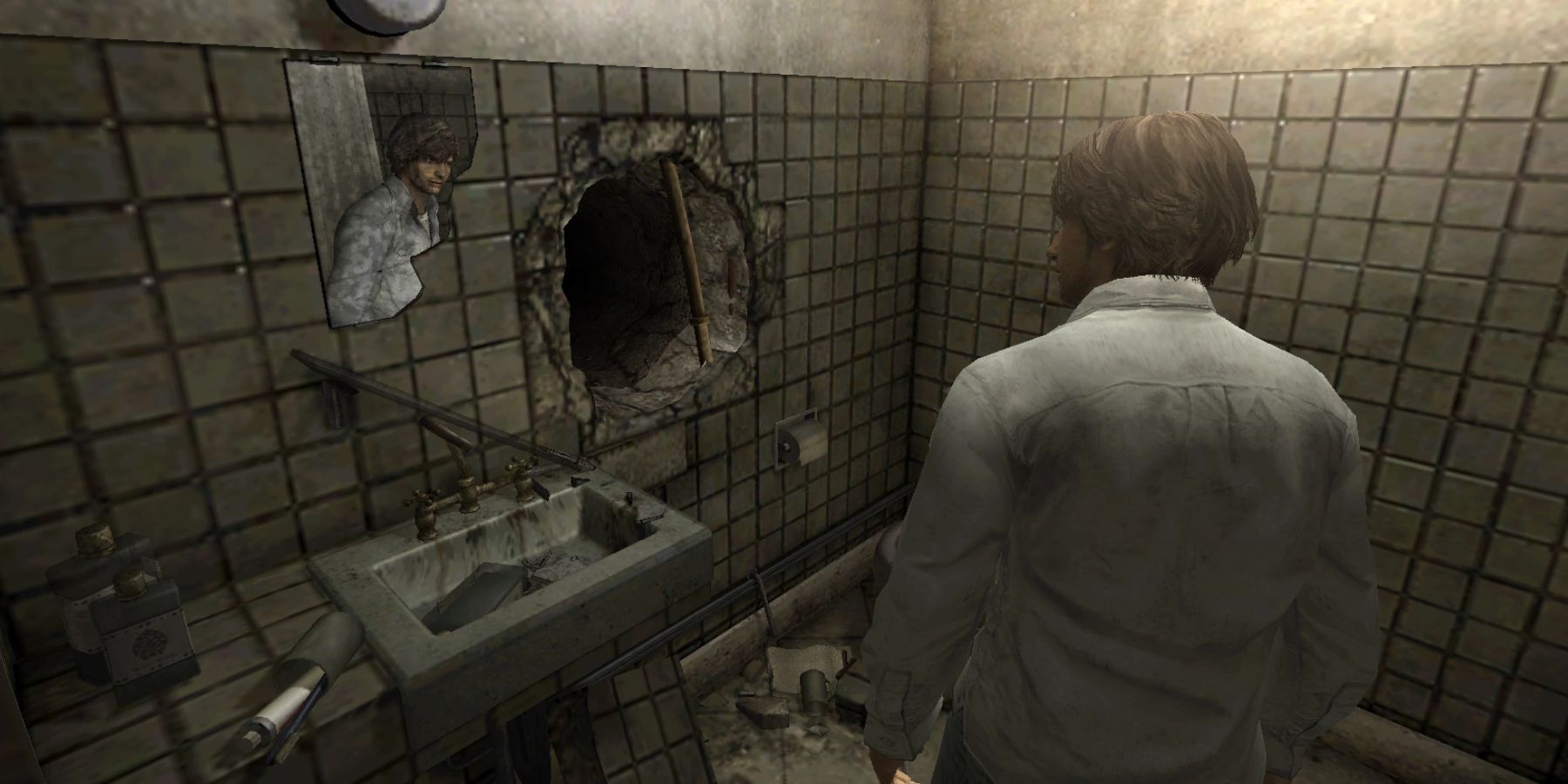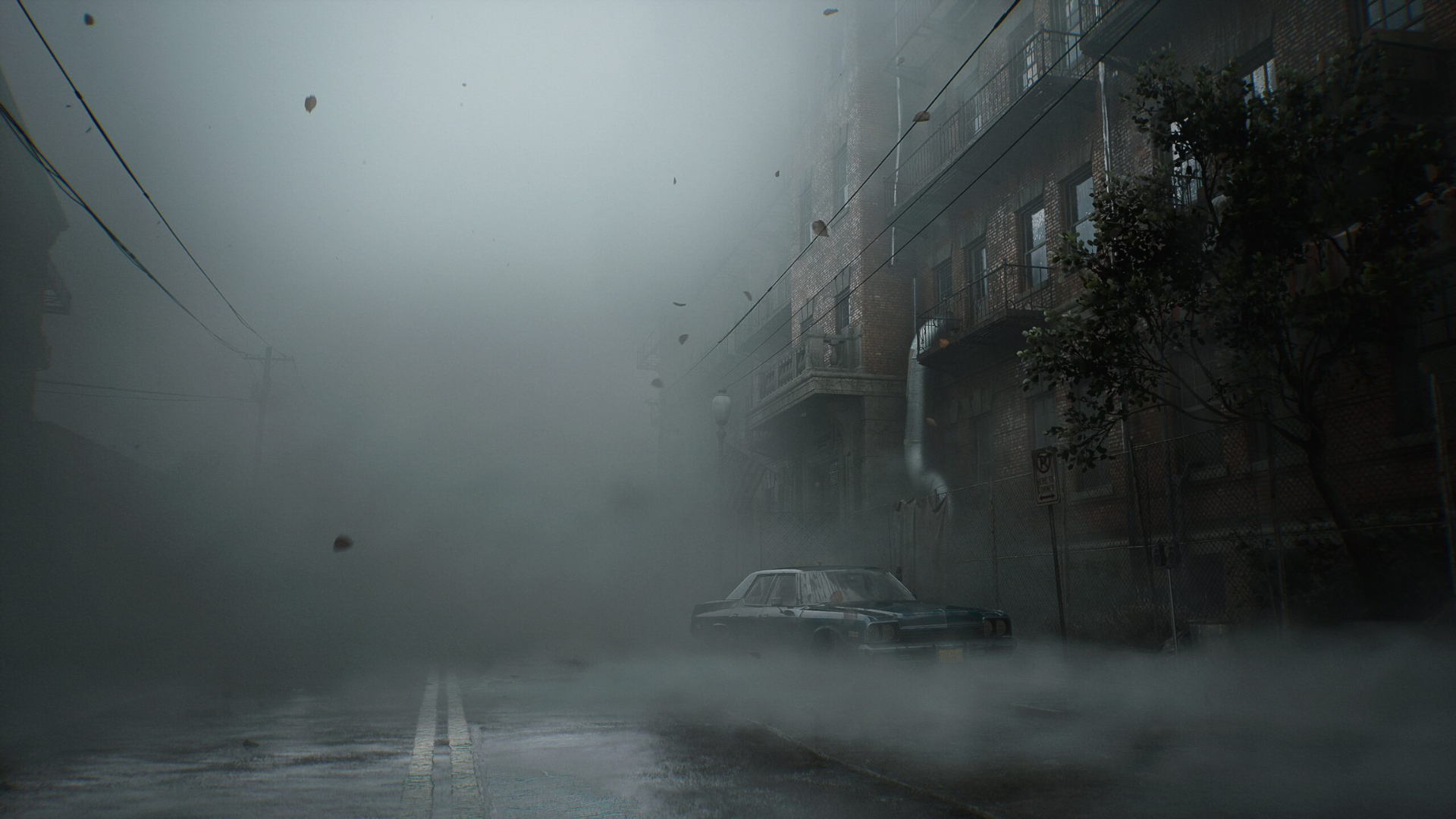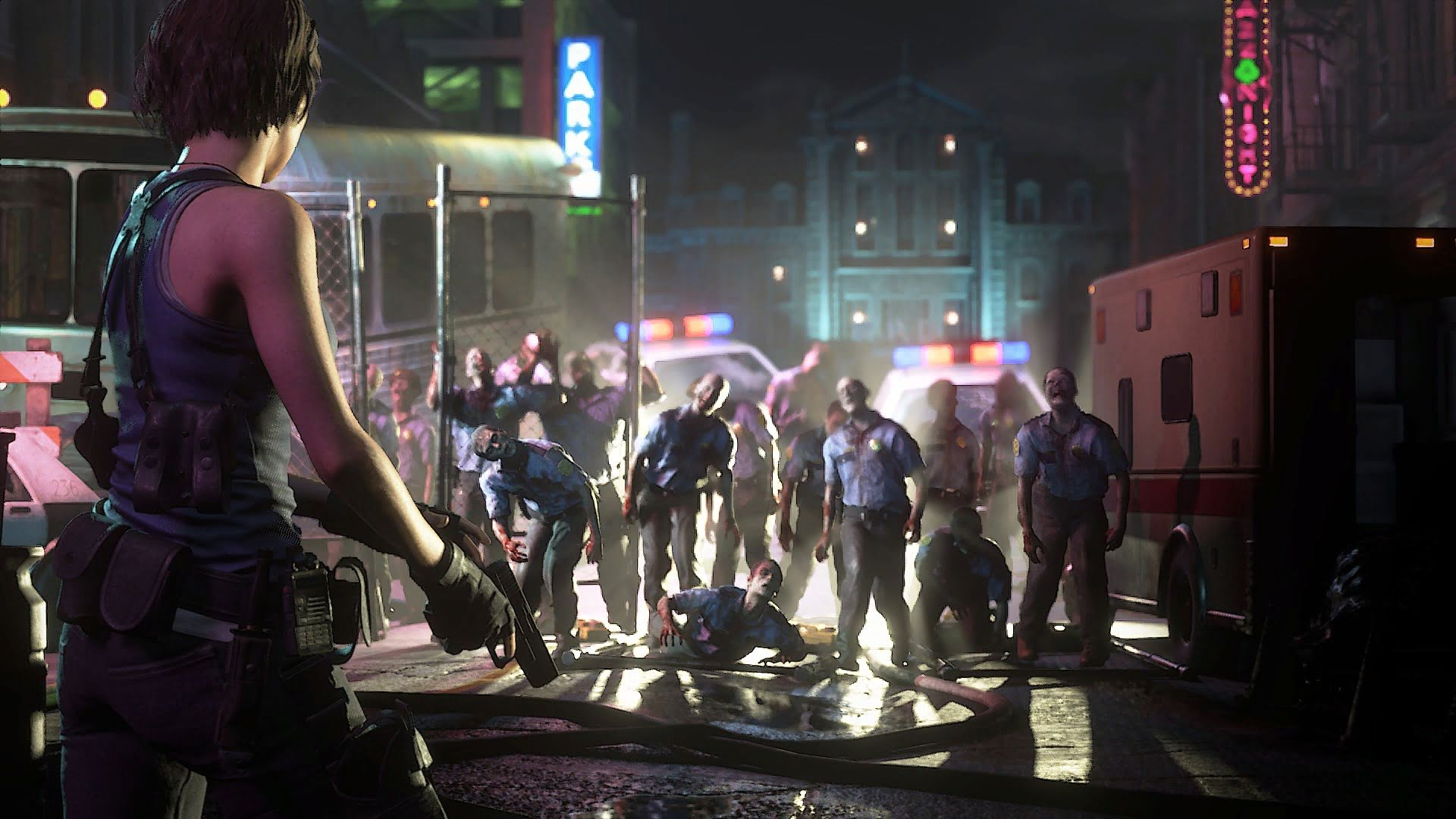Highlights
- Silent Hill and Resident Evil have distinct differences in gameplay and settings. While Resident Evil focuses on combat and exploration, Silent Hill explores the protagonist's psyche and has a fog-saturated tourist town as a central character.
- Silent Hill is known for its elusive settings that can affect individuals even without visiting the actual town. This change in direction allows for unique installments that don't rely on the same repetitive iconography.
- On the other hand, Resident Evil has abandoned its iconic Raccoon City for diverse locations to keep the franchise fresh. However, the return to a contemporary city or town in future installments could be welcomed by fans.
It’s easy to compare Silent Hill and Resident Evil based on how seminal both IPs are in their respective horror subgenres, and yet there are even larger distinctions between them that make them completely unalike in many ways. Original entries in either franchise were really only similar based on gameplay, and even then Resident Evil has always been more eager to let players wield firearms and combat the enemies they come across, while Silent Hill has always been more of an exploration of a protagonist’s psyche. Rather, Silent Hill and Resident Evil’s settings have also differed immensely.
Silent Hill has a bit more of a challenging predicament to consider when it comes to environments due to the eponymous town almost always needing to be portrayed in some way. Silent Hill hasn’t always needed to be rooted within the same precise location, though, at least not in terms of how the town looks or is perceived by the protagonist who inhabits it. Resident Evil has no such rigid structure to its setting and has since abandoned its iconic Raccoon City for much more diverse locales, but that doesn’t mean its second and third installments were any less scary or intense than Silent Hill’s early entries.
Silent Hill’s Psychological Horror is More Terrifying in Elusive Towns
Silent Hill’s fog-saturated tourist town is an essential character in the franchise and how it can still appear to affect individuals has become more intriguing and mystifying. Protagonists seem to no longer need to actually visit Silent Hill in order for the town to affect them, which on the one hand creates a laundry list of loose-thread questions.
On the other hand, this change in direction allows for installments that don’t need to simply regurgitate the same iconography while attempting to be unique. It’ll be exciting to see how Konami juggles this, especially with regard to Silent Hill f apparently taking place in 1960s rural Japan. Moving away from Silent Hill’s town could be to the franchise’s detriment, though, since it is so iconic and allows for particular imagery that has been effective in beloved Silent Hill games.
Towns and cities seem effective for Silent Hill, whether Murphy Pendleton stumbles into the actual town or Henry Townshend experiences the same psyche-exploiting effects of Silent Hill while living in South Ashfield Heights Apartments in Ashfield. Indeed, Silent Hill 4 truly amplifies the horrors of Silent Hill while keeping players detained within an apartment suite for a lot of it, aided further by these sequences’ claustrophobic first-person perspective.
Resident Evil’s Survival Horror Lets Cities Feel Apocalyptic
Meanwhile, Resident Evil doesn’t actually get to enjoy the neon- and rain-soaked environment of Raccoon City for long before the entire city is nuked to oblivion. The franchise was arguably better for making this decision because it would lead to diverse locations it might not explore otherwise, and it made sense from a narrative perspective in a linear series to not spend entry after entry in the same city filled with the same enemies.
Unlike Silent Hill, Resident Evil can’t behave like an anthology franchise where new protagonists have different experiences that can be completely unrelated to previous events, which meant it would need to abandon the city eventually. But even Resident Evil’s original installment wasn’t set in a city, and having that claustrophobic feel was a boon for it, too.
Either way, Resident Evil thrived in Raccoon City when Jill was able to traverse garbage-laden streets and explore nooks and crannies in alleyways between destinations, where the franchise felt much more post-apocalyptic. The franchise has dissociated fairly far from that tone to indulge in rural European fantasy since, where it has become truly distinct, but Resident Evil’s return to a contemporary city or town would also be a welcome one.






